Nobody could accuse Barcelona of being a spot of ‘rus in urbe‘. Oh, it’s tremendously good at public open space to relax in and at tree lined streets. But shady expanses of groves and avenues of trees, of busy little streams and placid ponds? Not so much.
Except for one place, quite unique in the city. The Parc del Laberint d’Horta (Labyrinth Park of Horta) has been here since 1791, when the Desvalls family had it built as a Neoclassical park, and one featuring a maze – hence the park’s name – and any number of classical statues of Greek deities. In the mid 19th century a more free-flowing Romantic woodland park was added. And in the 1960s it became a public park, hidden from the view of many of the city’s inhabitants, let alone tourists. It costs the very odd sum of 2.23 Euros to get in, except on Wednesdays and Sundays when it’s free: or if your an old fogey like me, it’s always free.
Come with me for a stroll. When we feel up to it, we’ll attempt the maze. They say it’s harder than it looks.
We’ll begin with a rather hearty climb among woodland glades interspersed with pretty reflective pools.
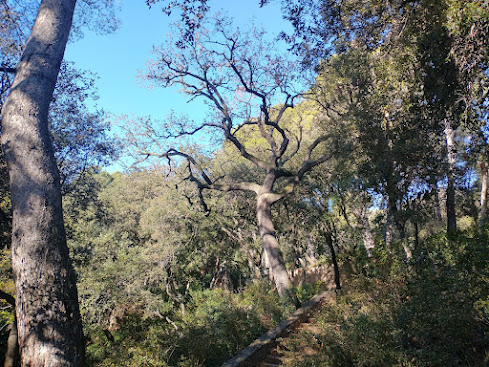
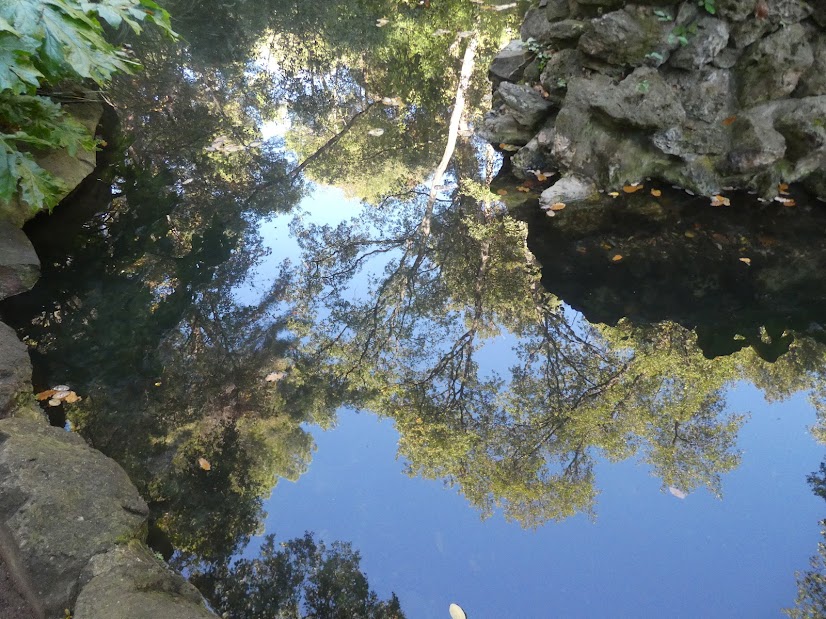
Soon, we realise we must have skirted the very heart of the garden, now lying below us.

Oh look. There are balustrades, and statuary, and pavilions and … that must be the maze in the centre? Let’s go along and look.

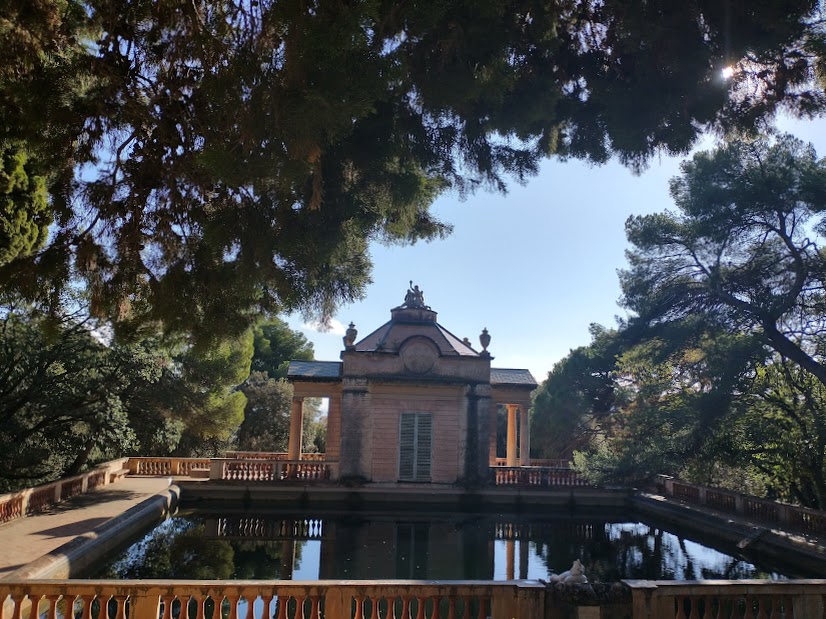


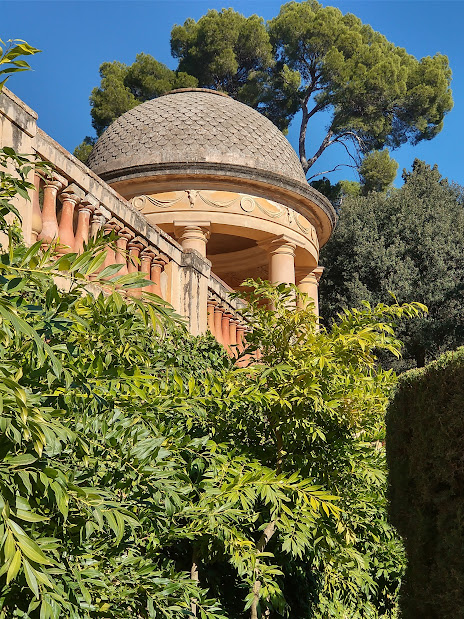
A final look at the maze from above, before we plunge in. Black and white white might make it easier to sort out. You’d sooner not try it? Your choice.
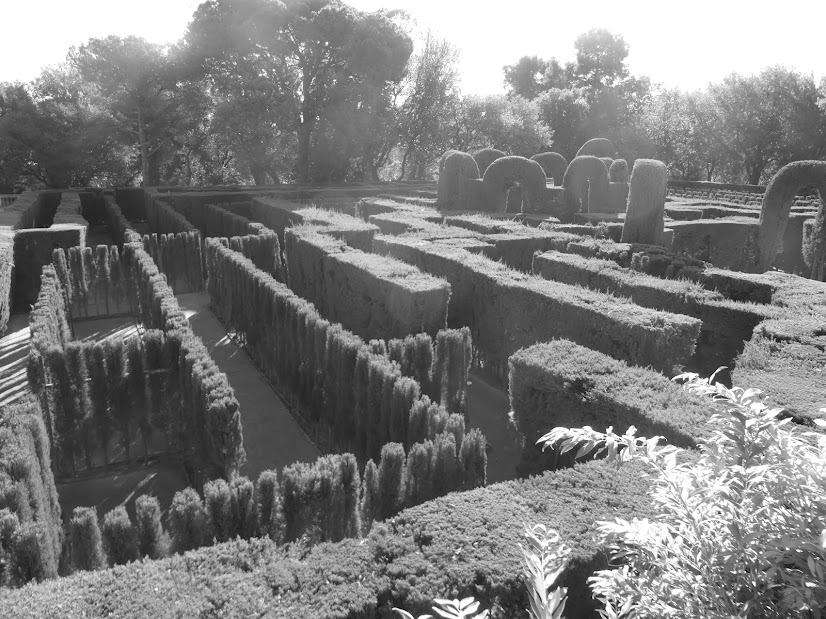
Oh, this won’t take long. Look, I can see through the branches easily. In fact I can see the centre from here …

Oh hang on. I want to go left, and I can’t. OK, right, left and left again. Hmm. I seem to be near the beginning again. Right, let’s take this slowly …
And I did. Eventually, I met Eros in the centre and sat with him for a while.
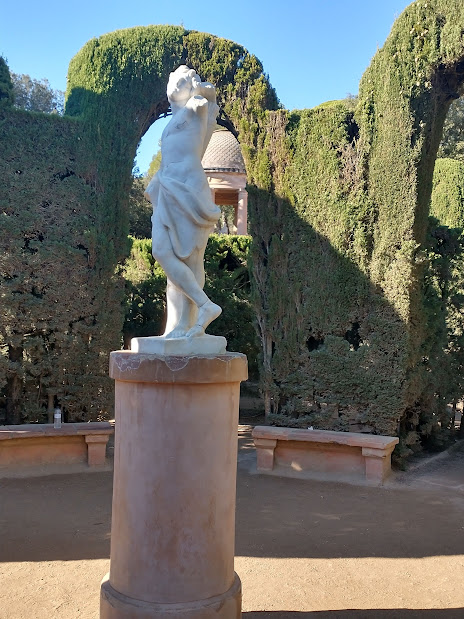
Getting out was worse than getting in. I kept on fetching up with Eros again, or finding myself up yet another blind alley. But I made it out eventually, and decided that I really would have liked your company as I thrashed helplessly around.
I’d nearly explored the whole site, but went for a final stroll, encountering various characters, identity unsolved, on the way.
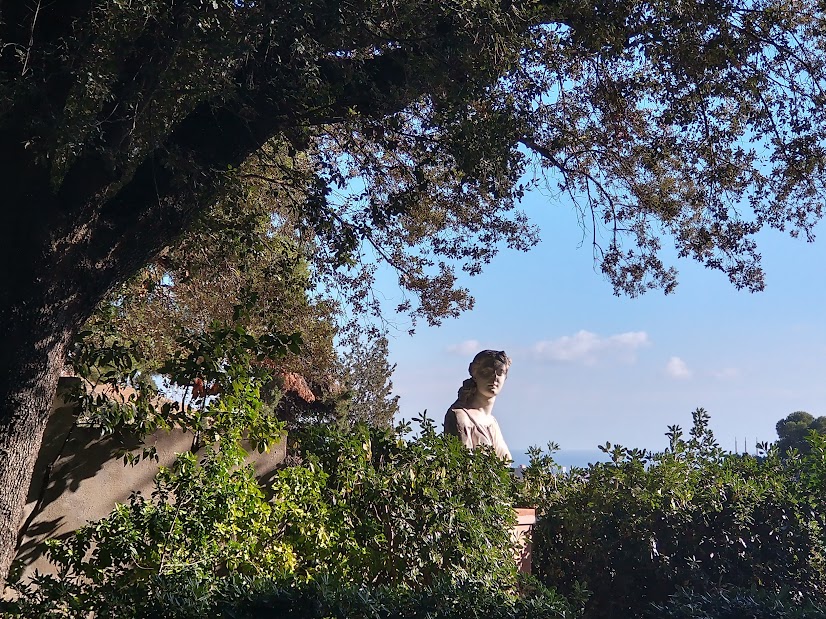
At this point, I could have gone home. Instead, I walked into the Horta district, roughly a kilometre away: a well-established community where ordinary citizens live and work, and where there is no possible reason for a tourist to venture. Except I’d had a tip-off. I should have my lunch at Quimet d’Horta. This unique bar has been serving the locals its signature dish for almost 100 years. An omelette sandwich. A bit weird? I thought so. But I was wrong. A cheesy, herby omelette enveloped into half a crisp-crusted baguette, and helped down by a clara turned out to be just the thing I needed. And as I was eating at the ridiculously early hour of 1 o’clock, I had the place almost to myself.

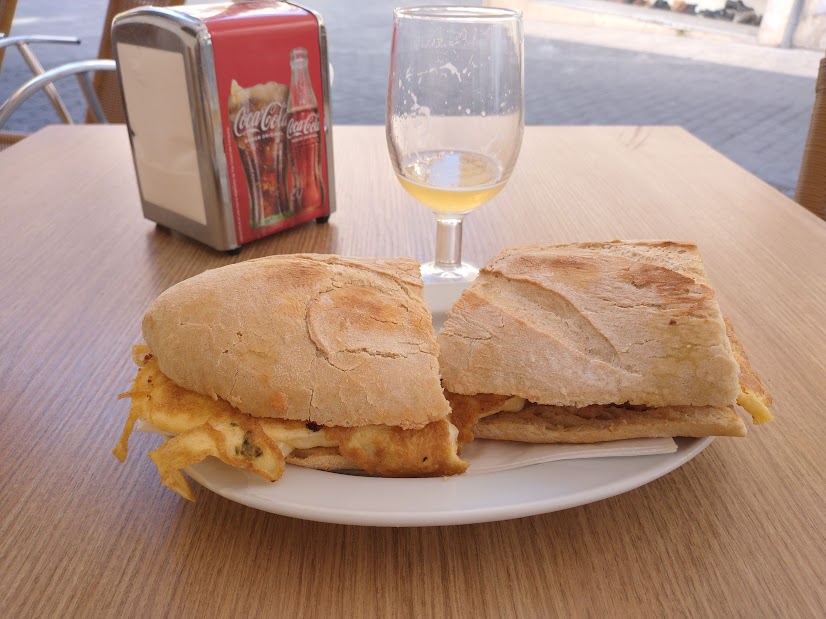

This is a multi-tasking post. First of all, it’s part of my Barcelona series. Then it’s for Amy’s Lens-Artist Challenge #288: Unique. And then, despite the fact that no cake was consumed in the expedition, it’s for Jo’s Monday Walk.
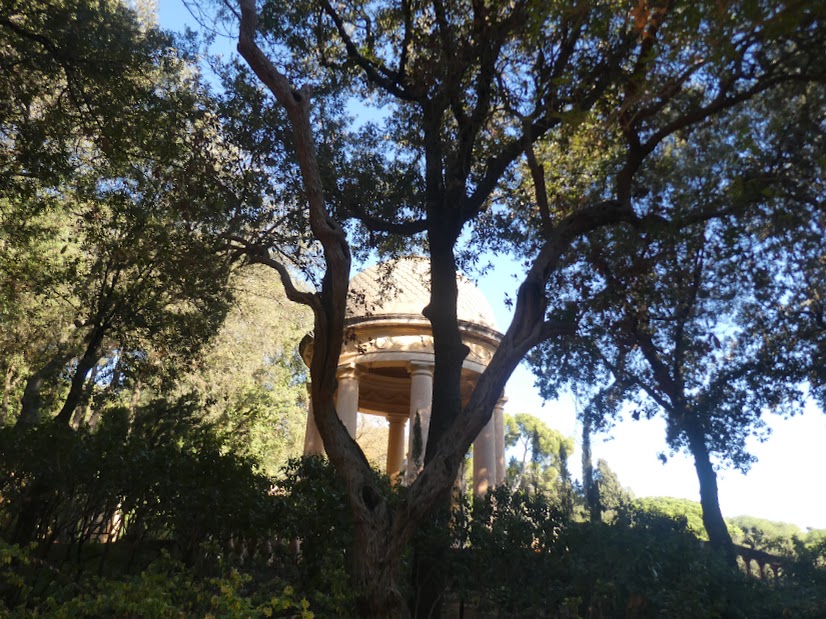
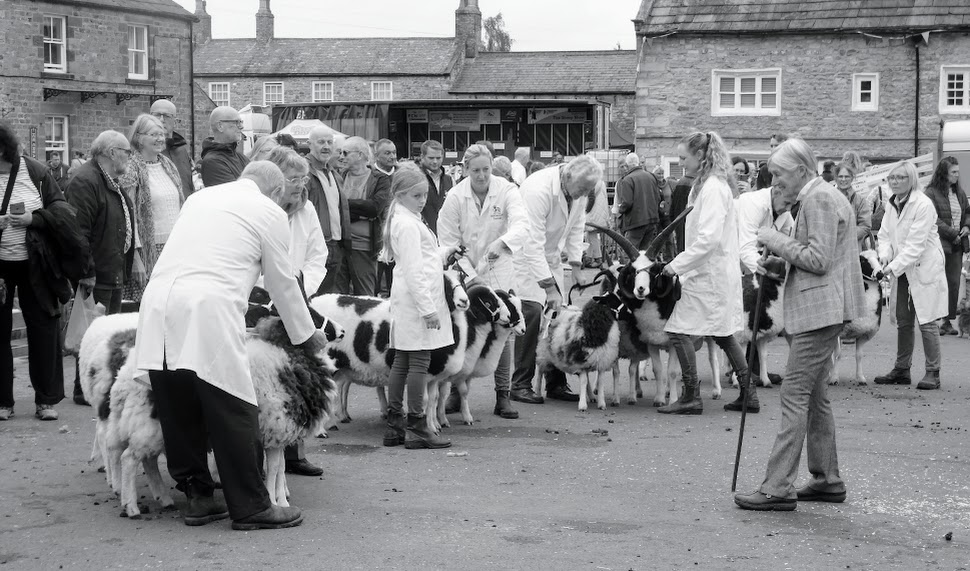
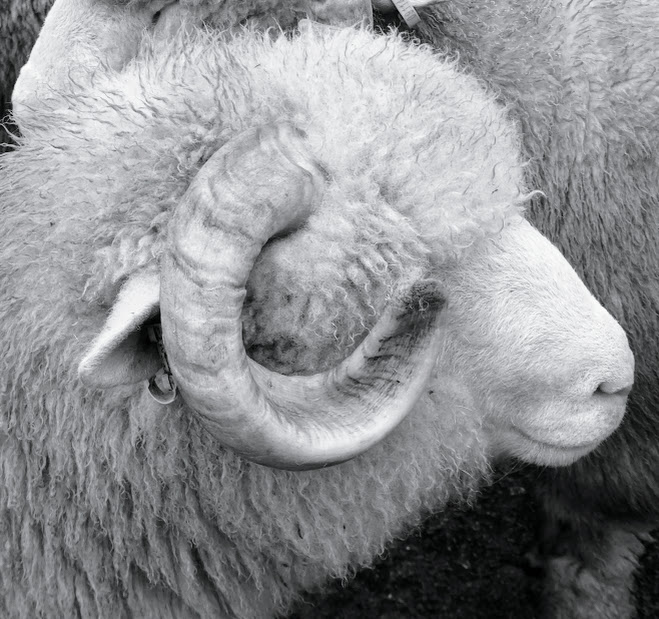

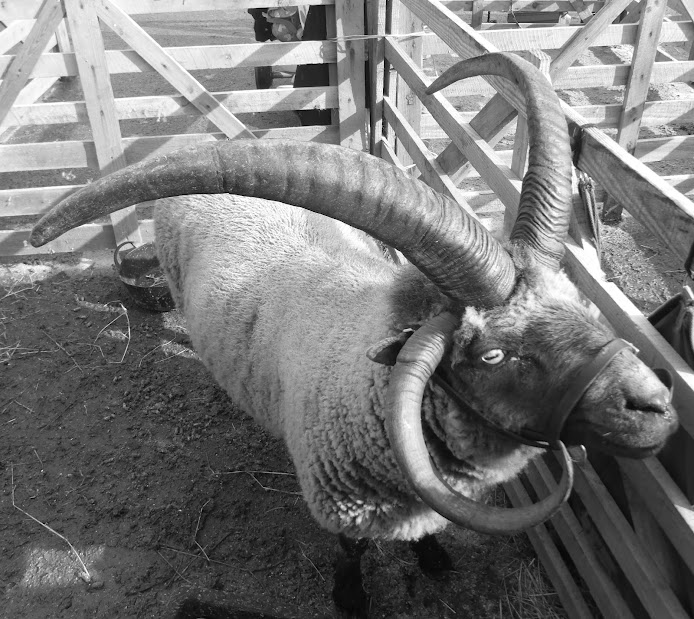
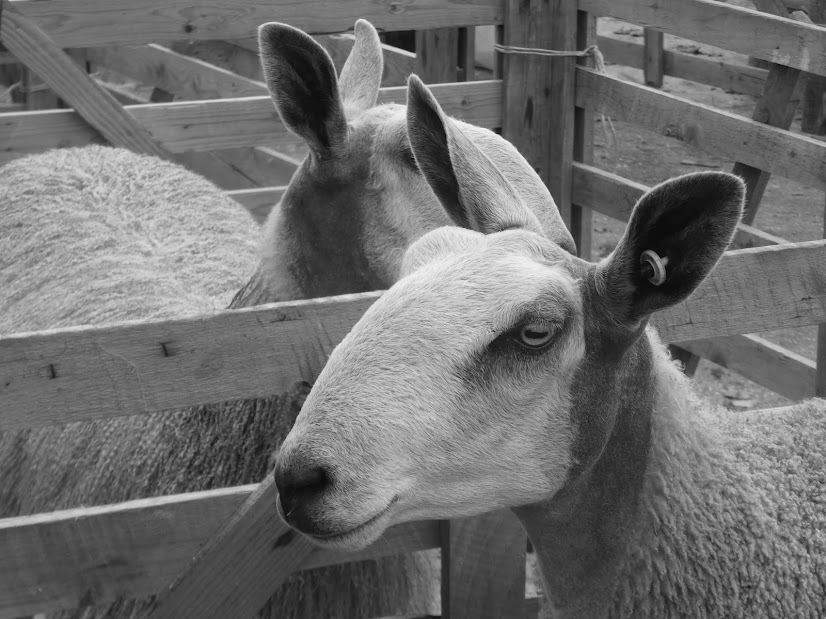
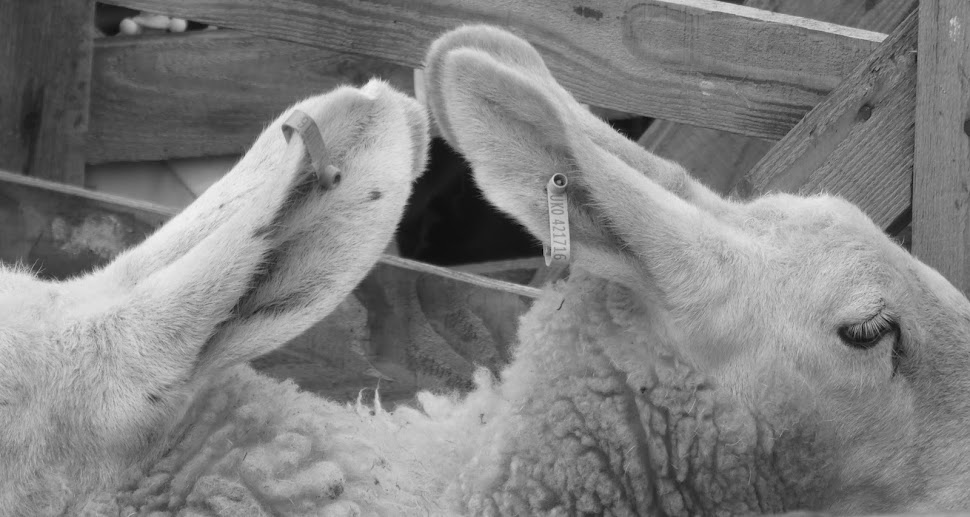
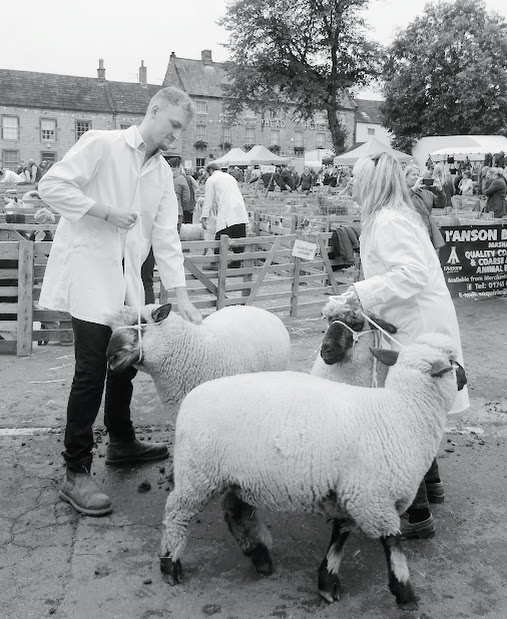
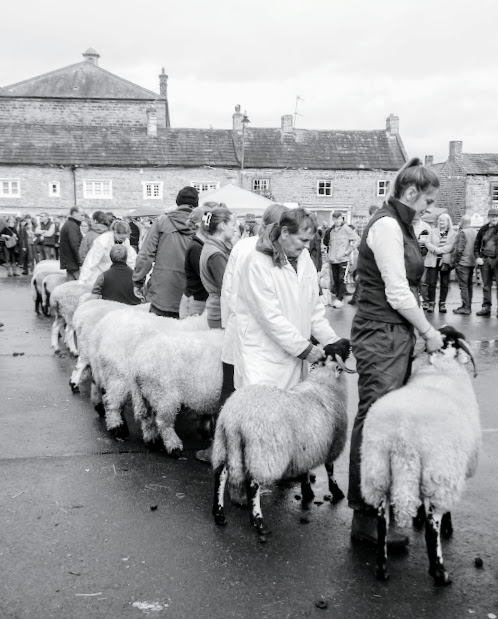

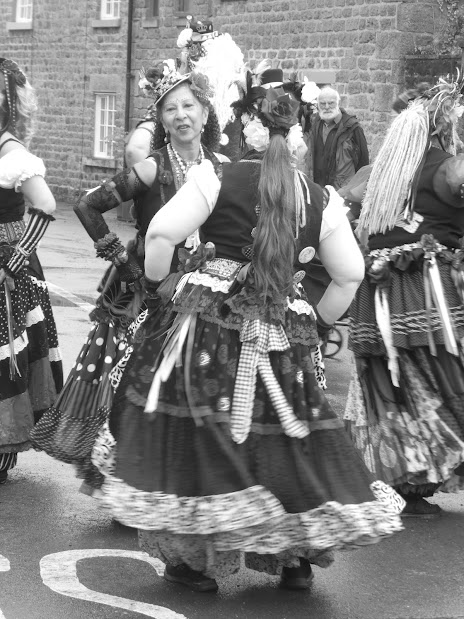
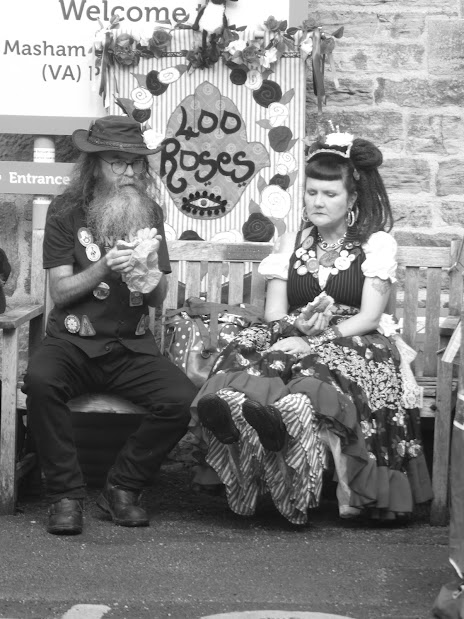
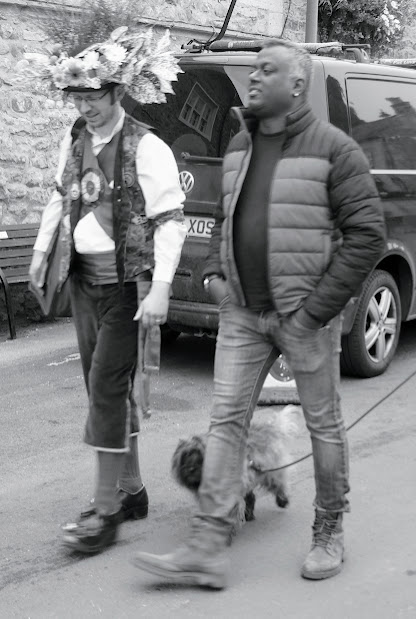

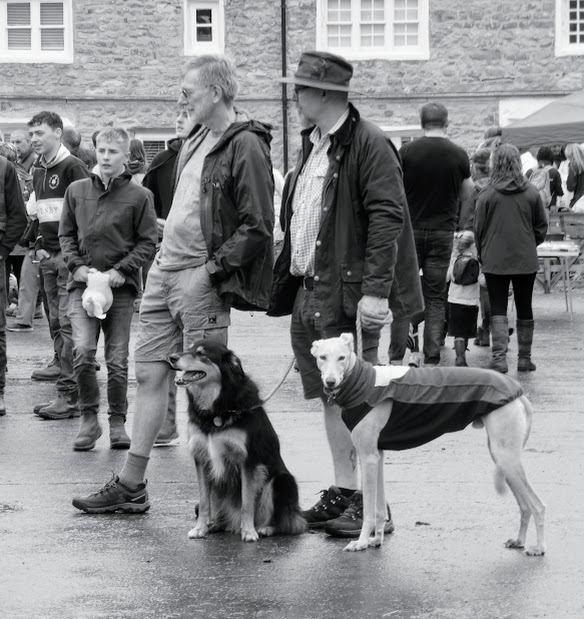
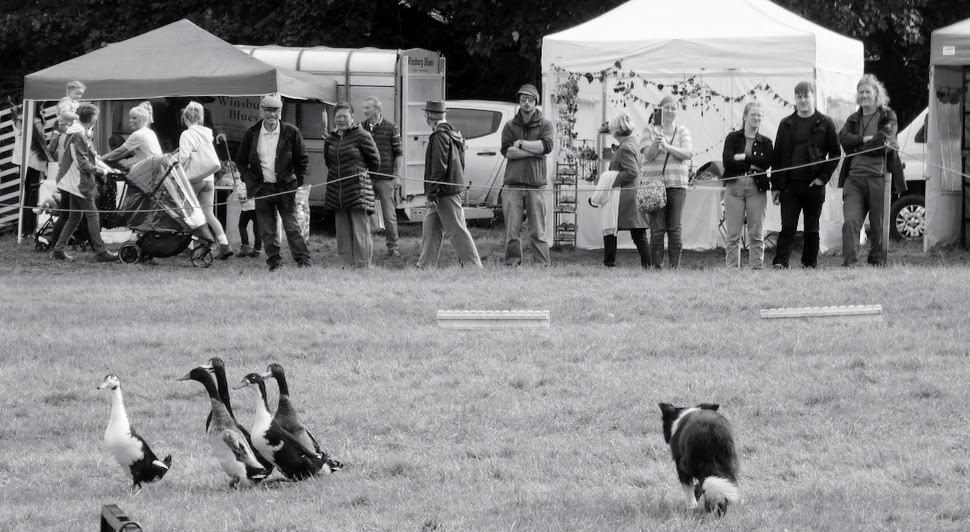


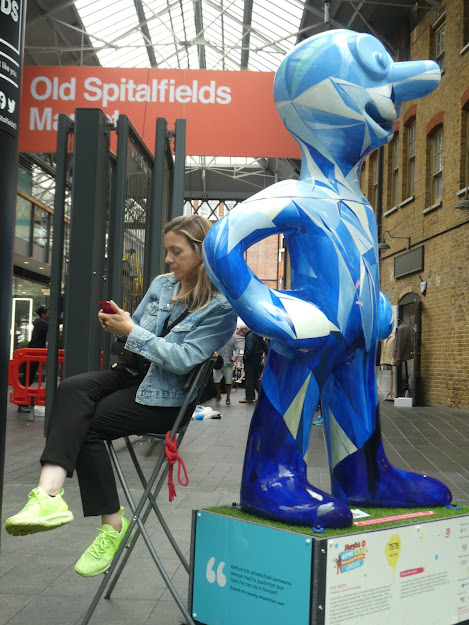

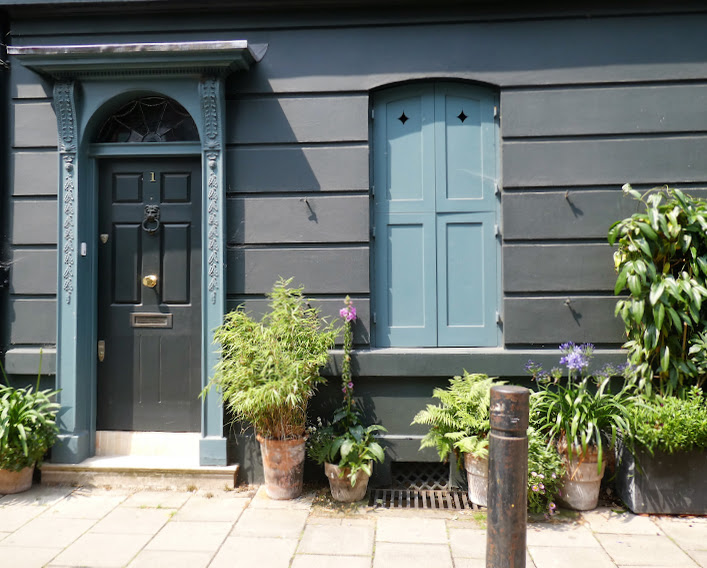
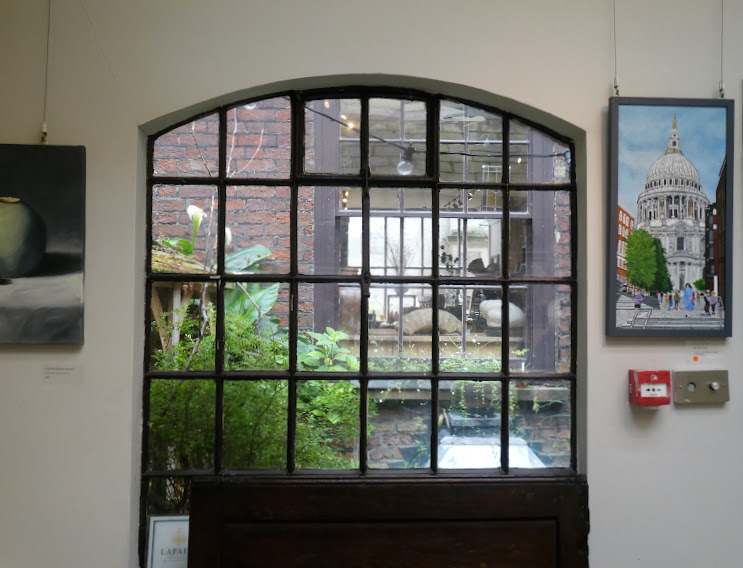

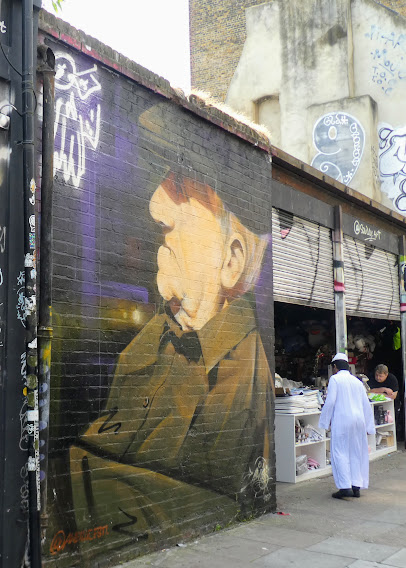
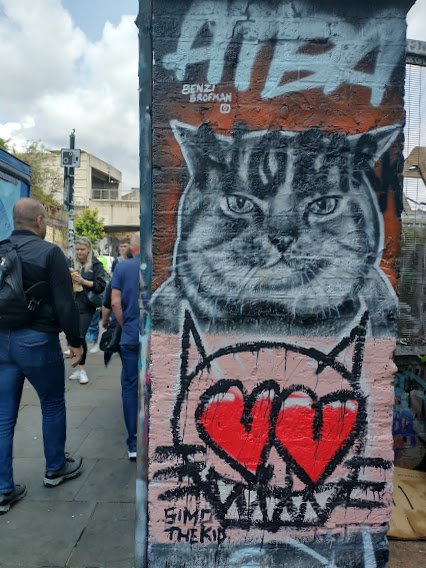






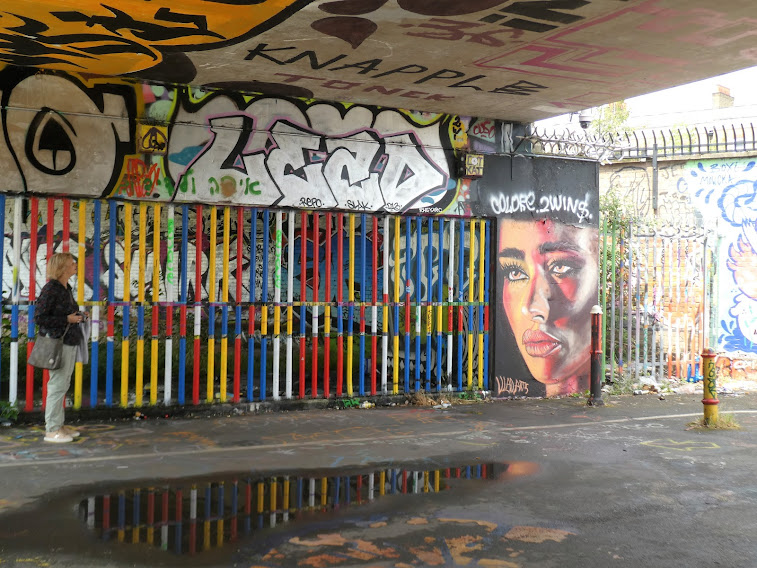


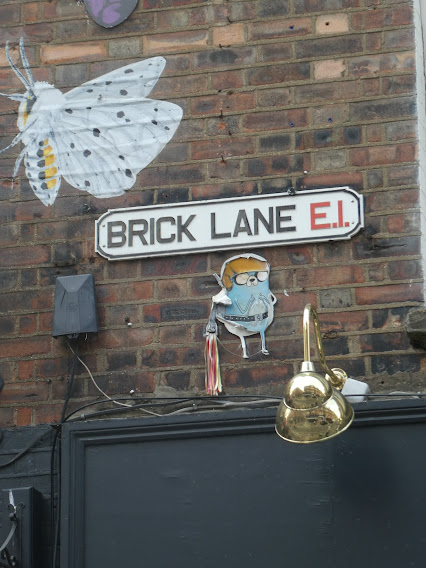



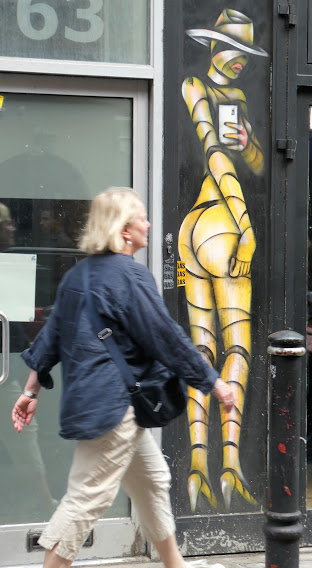

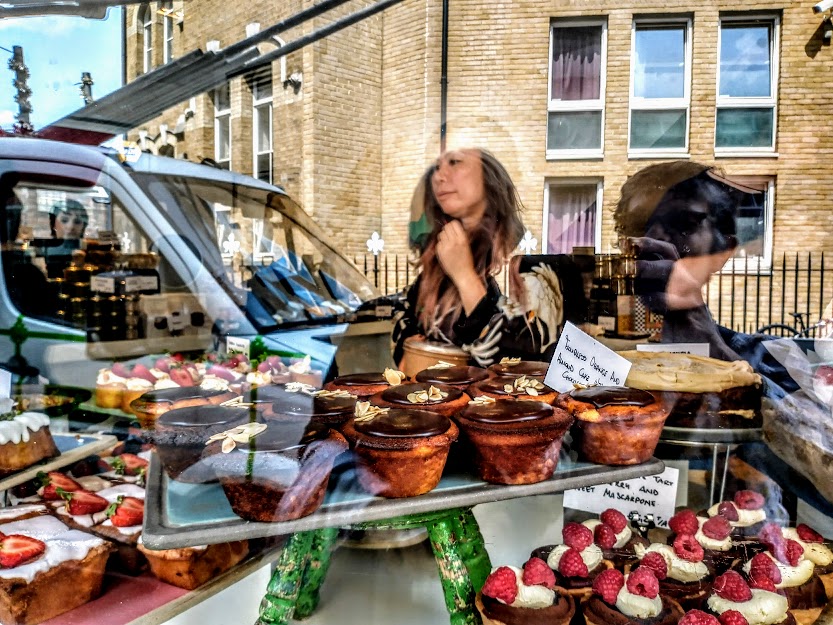
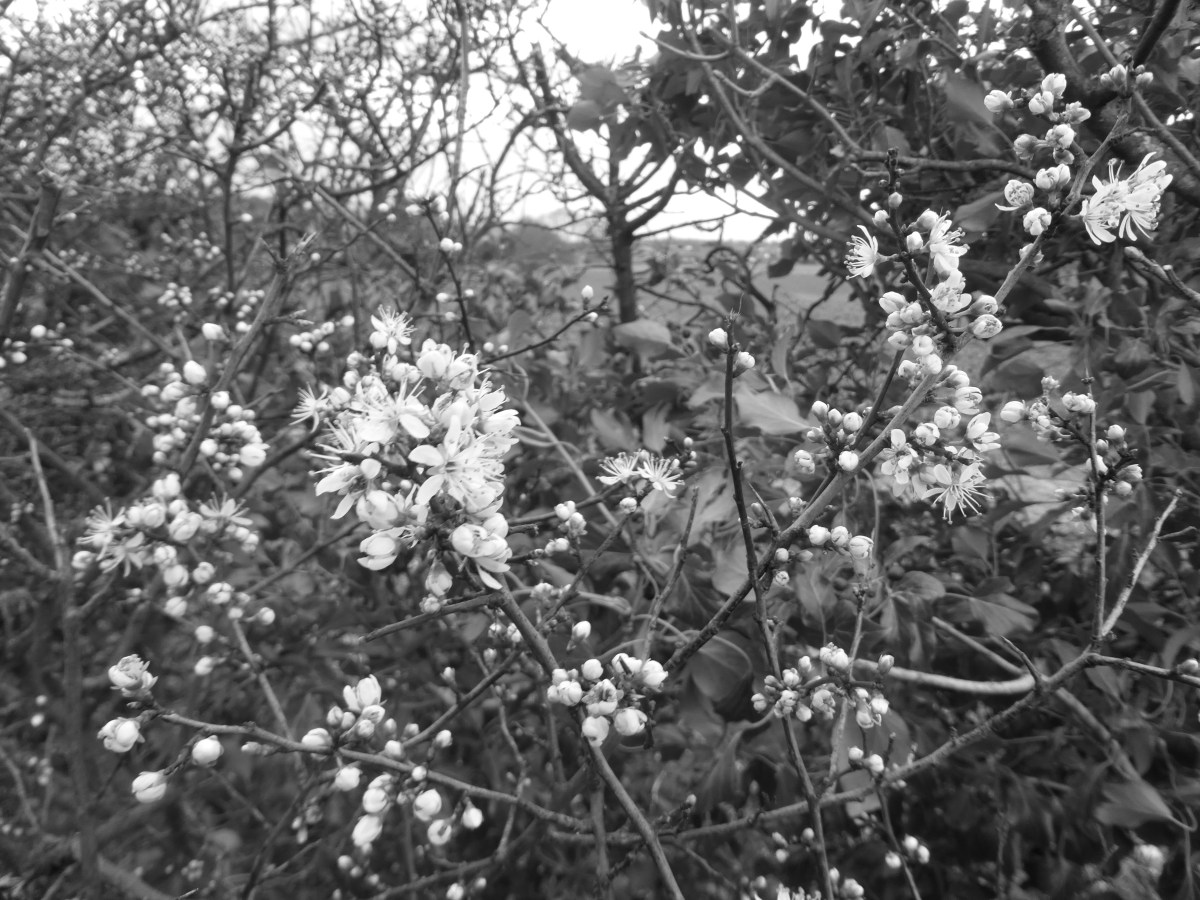




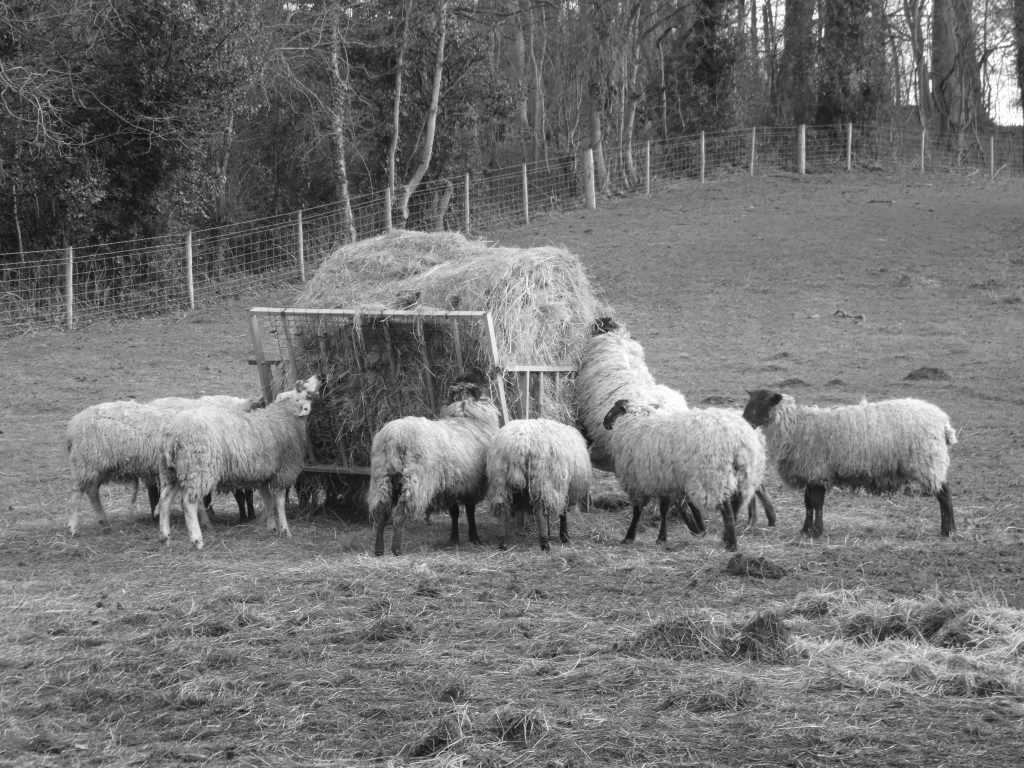



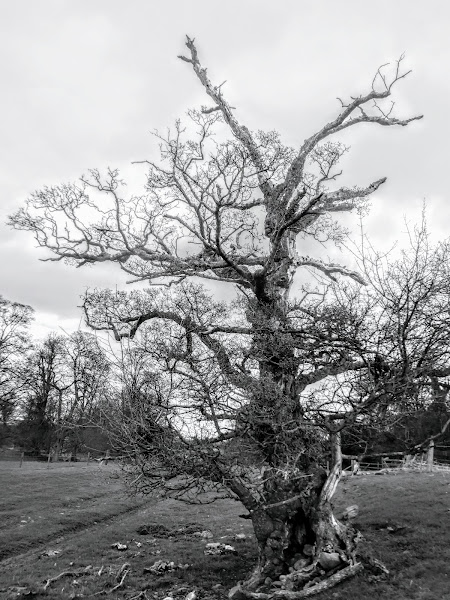
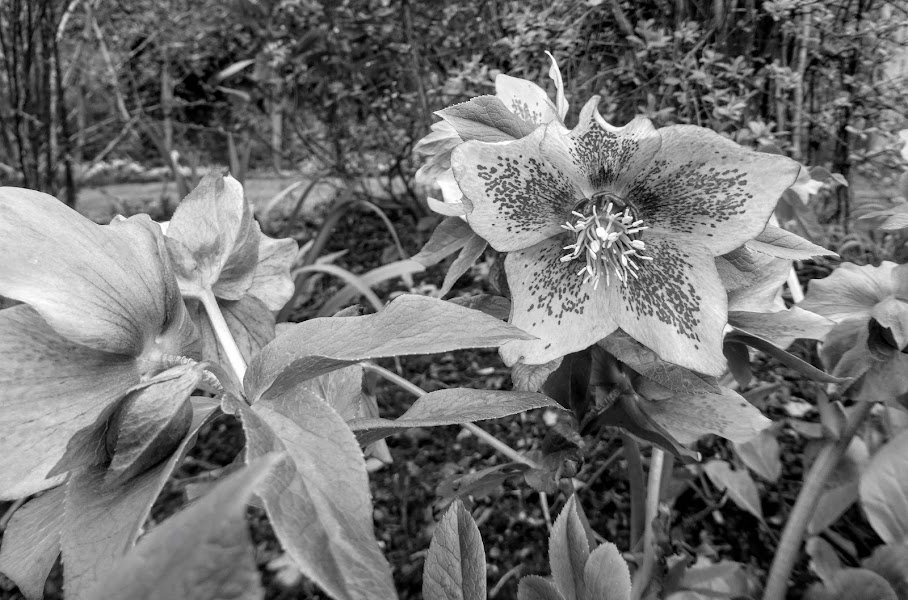



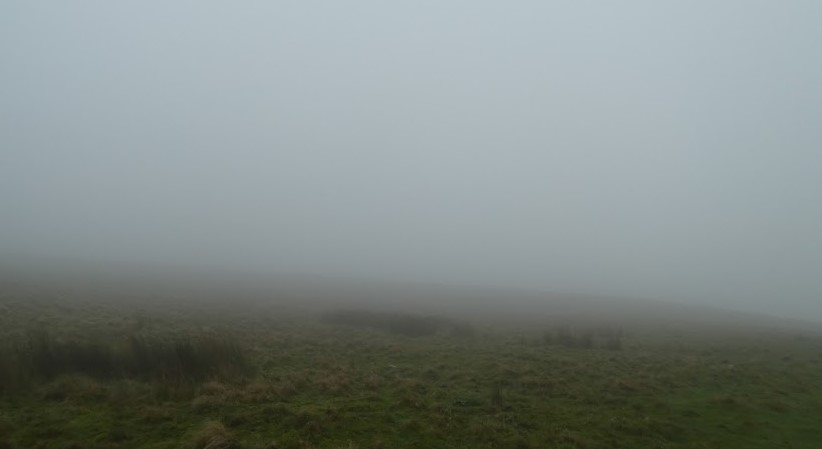













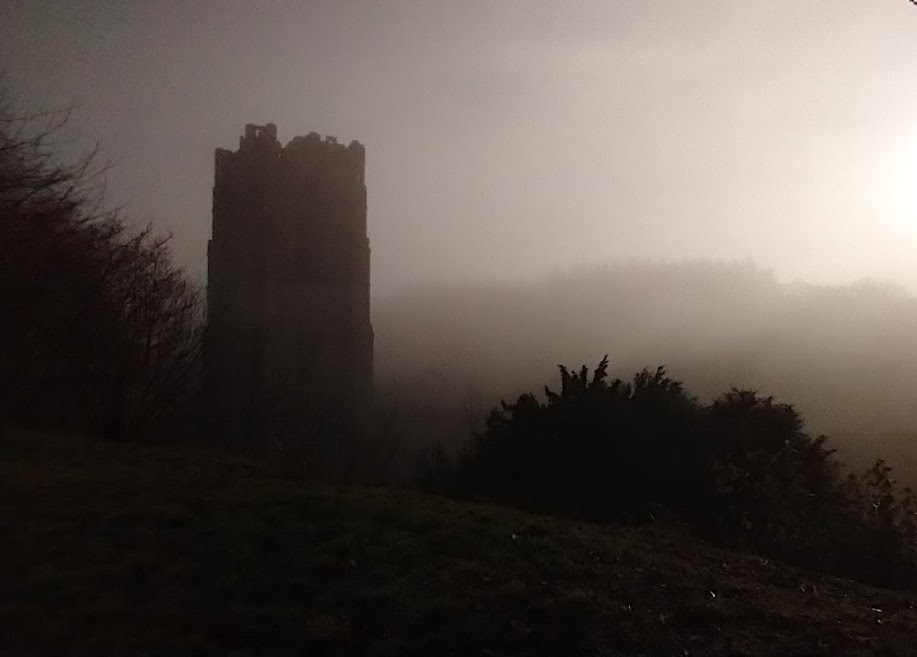

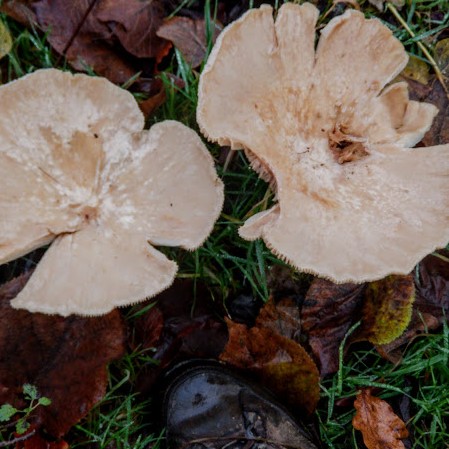
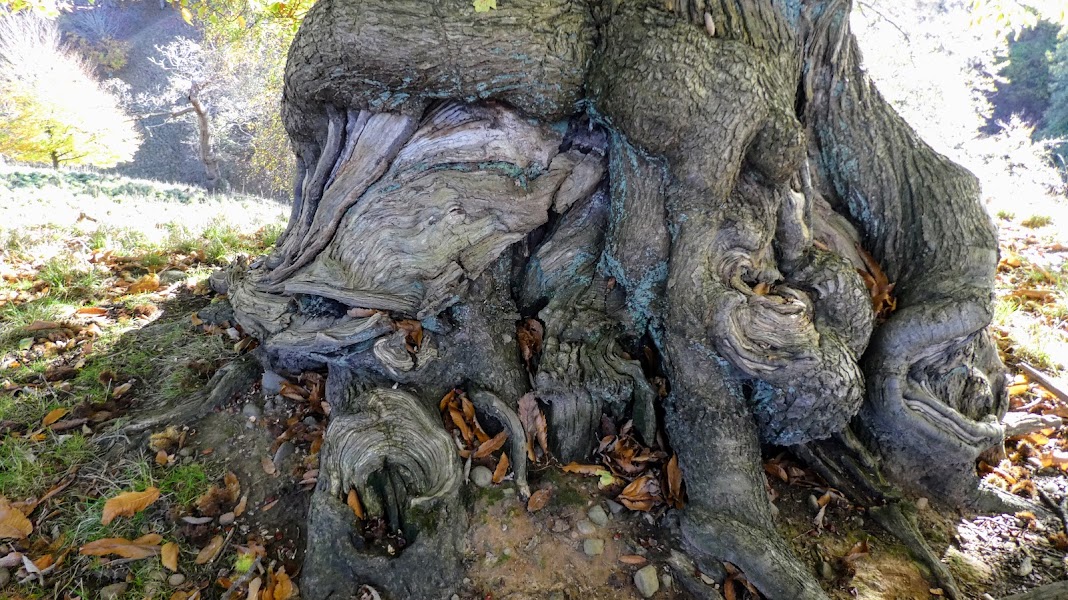

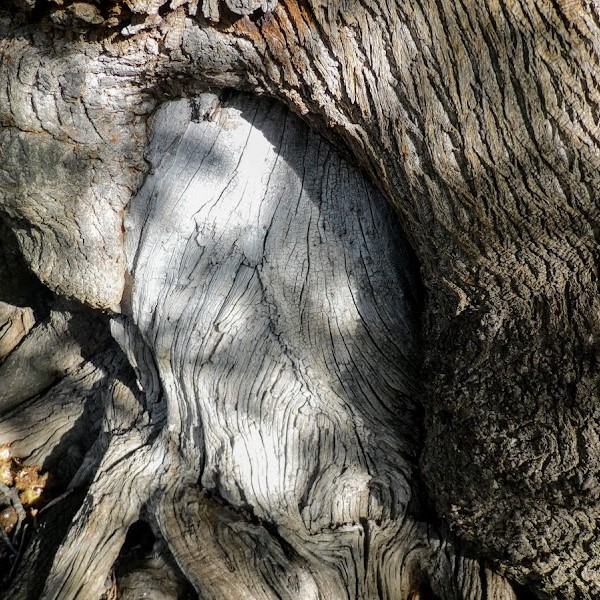

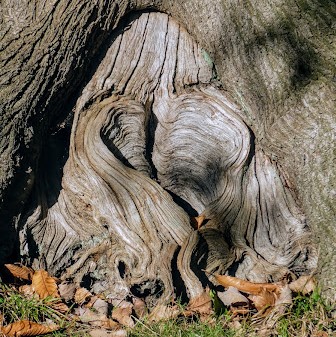

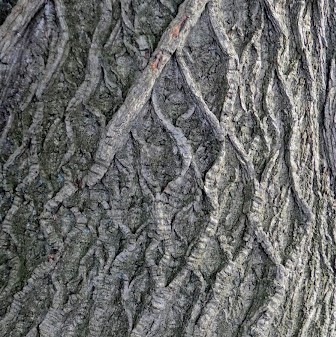
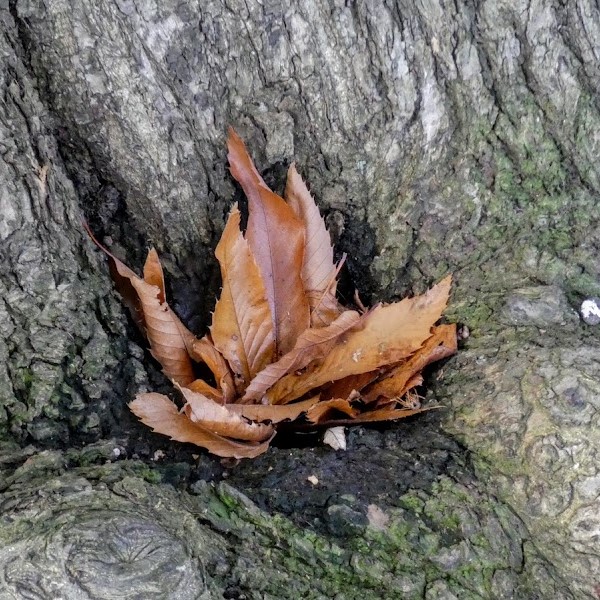
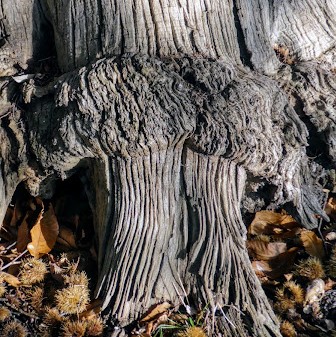

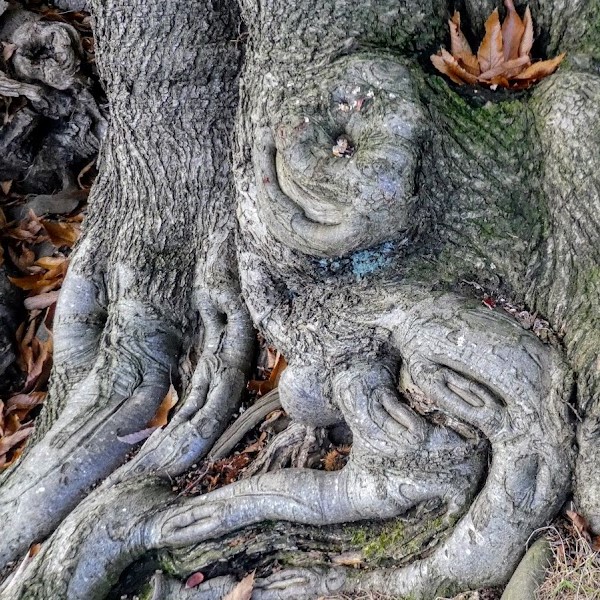


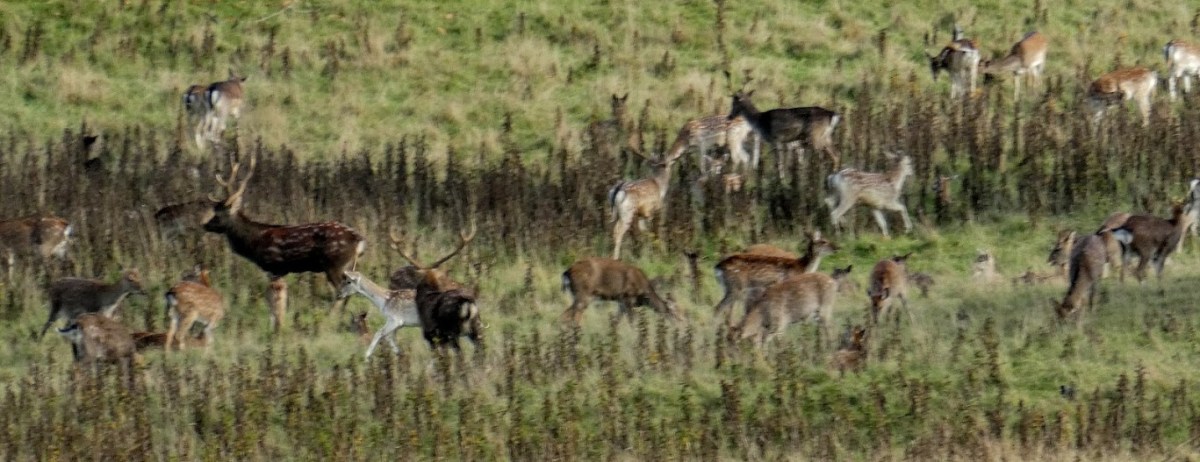


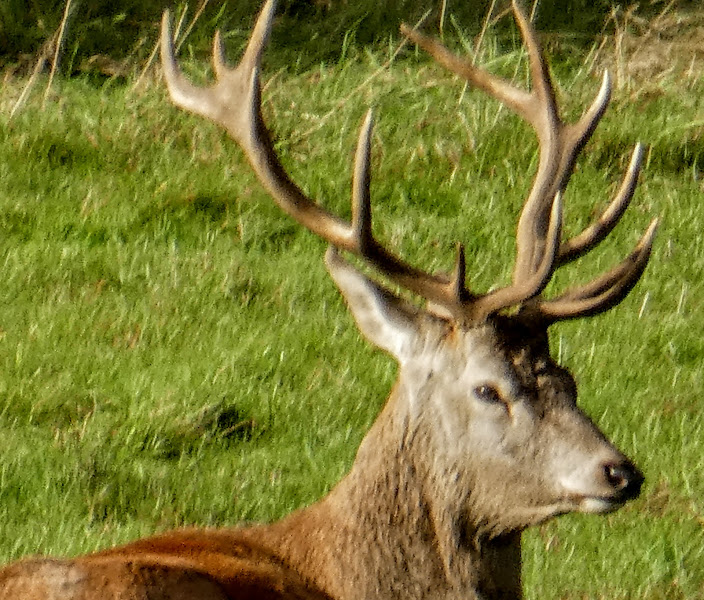
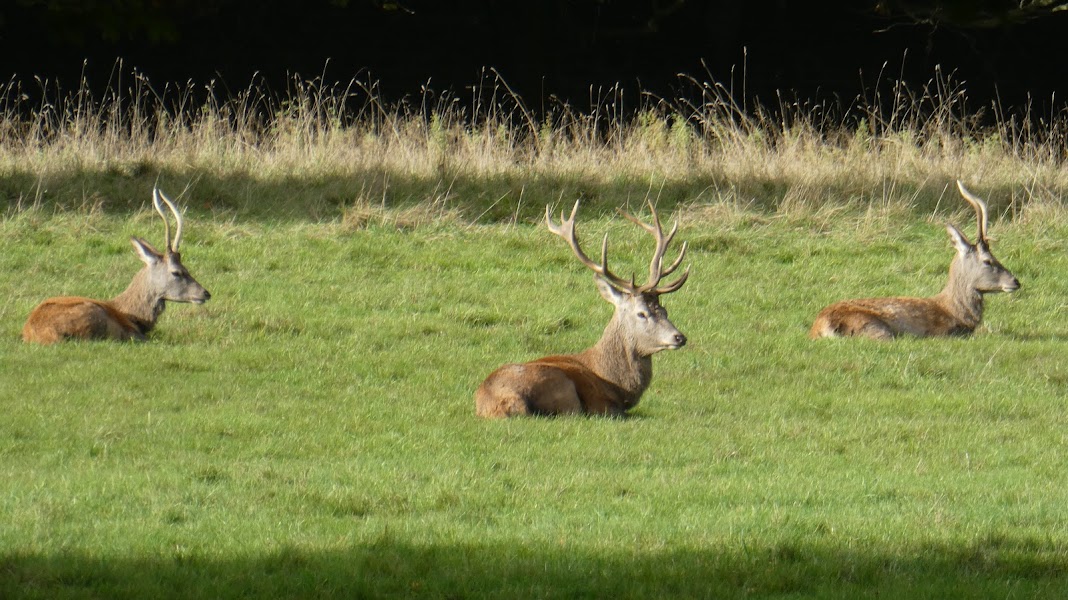

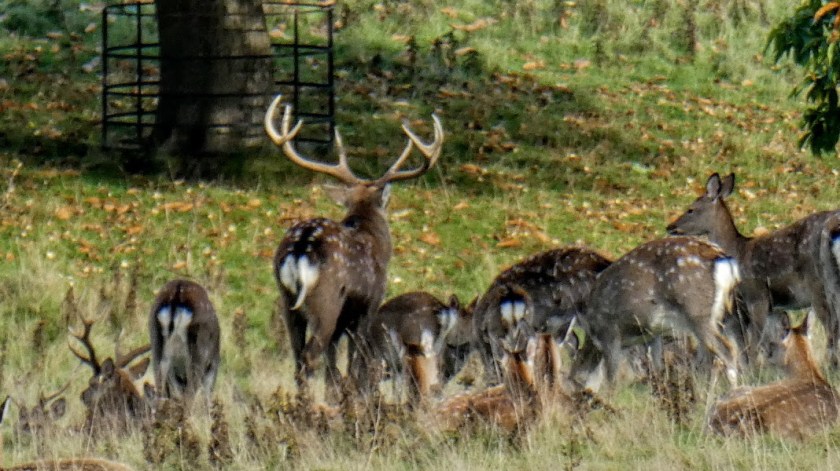

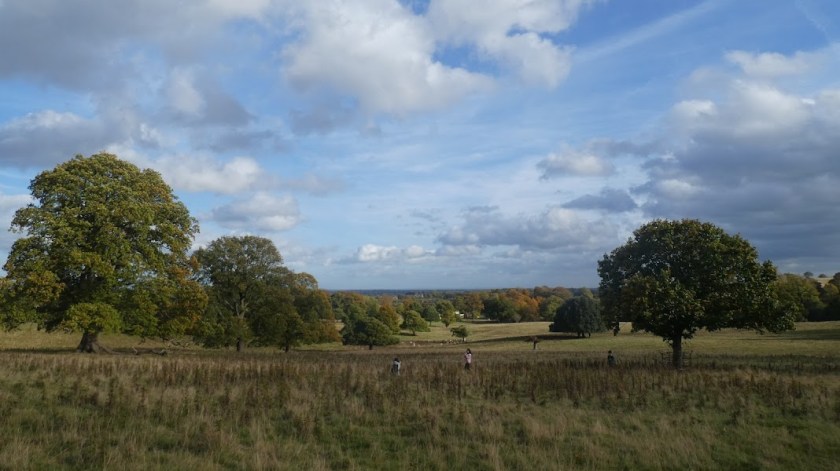
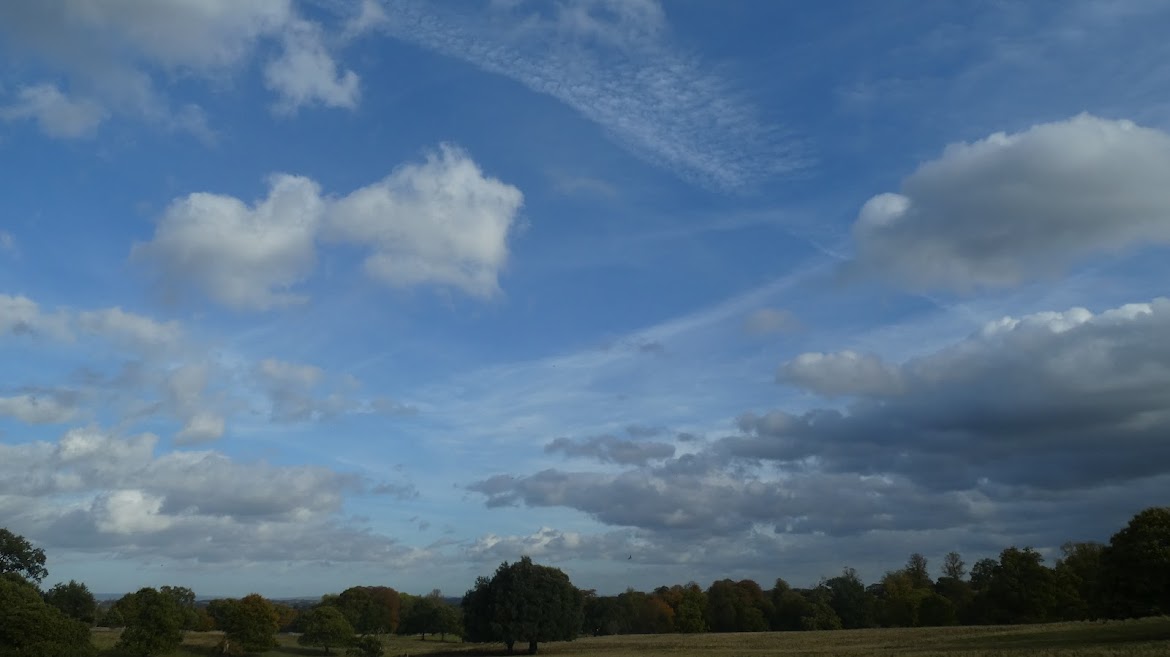

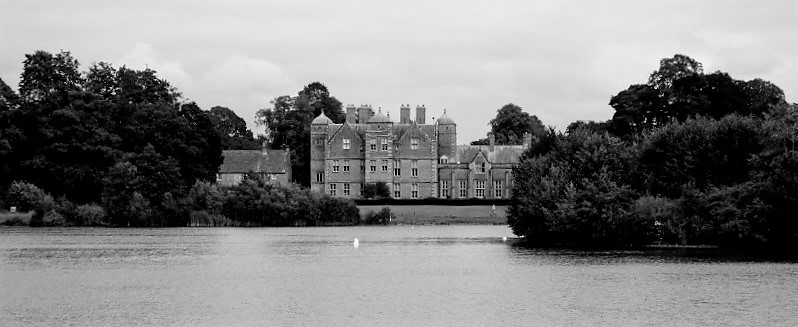
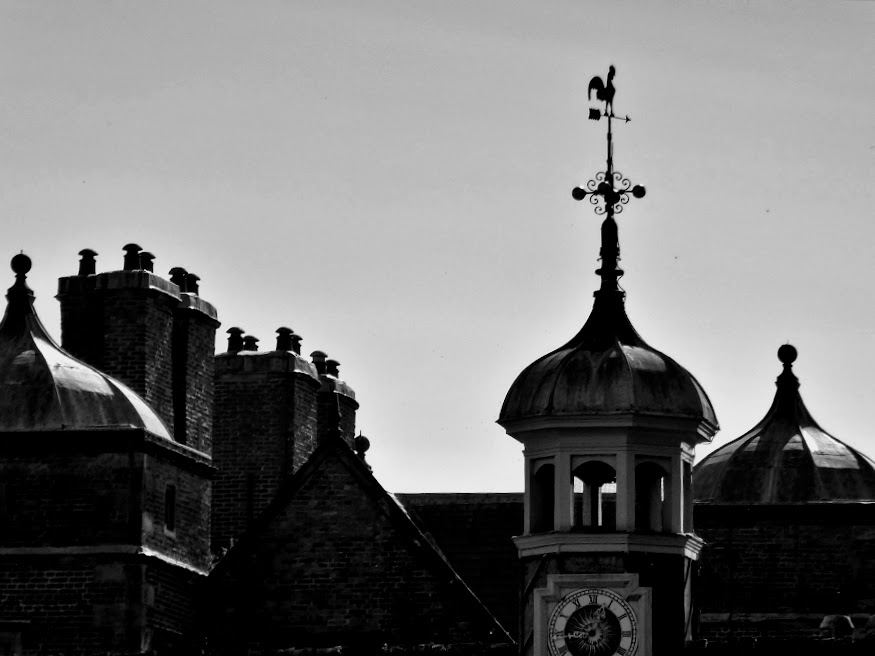
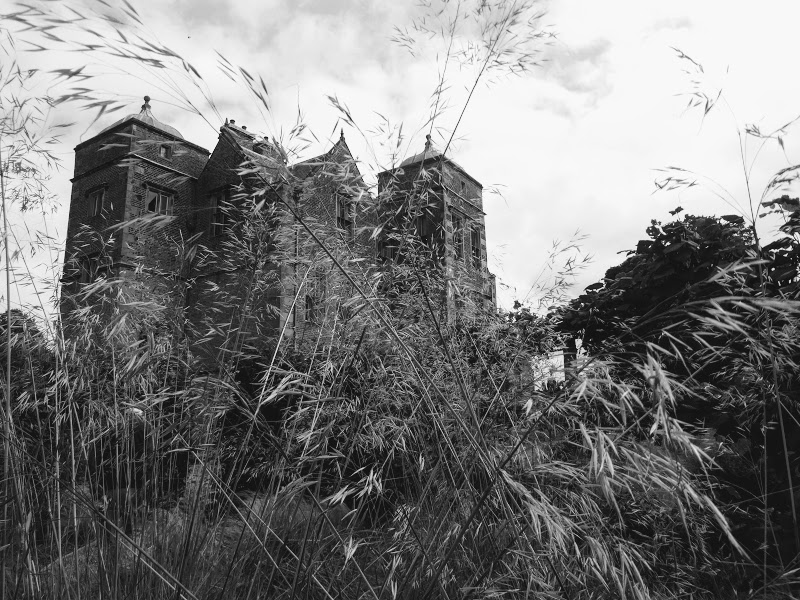
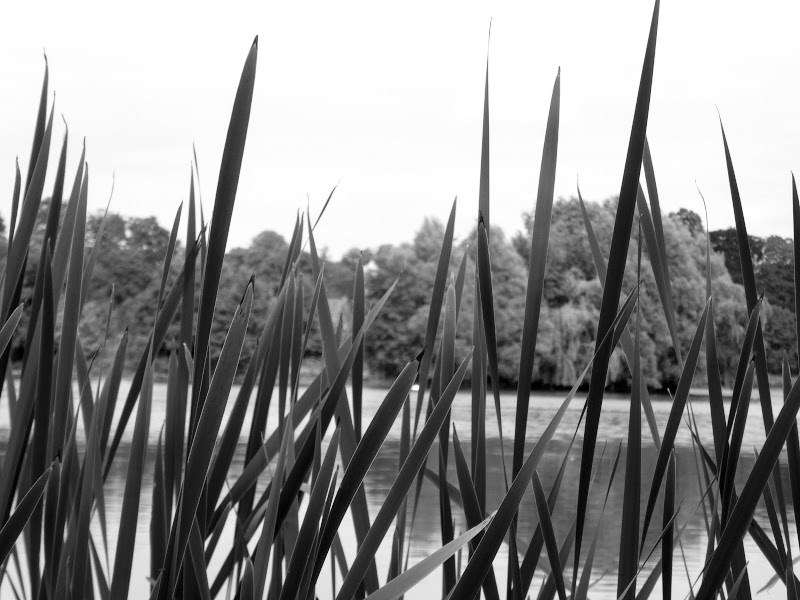

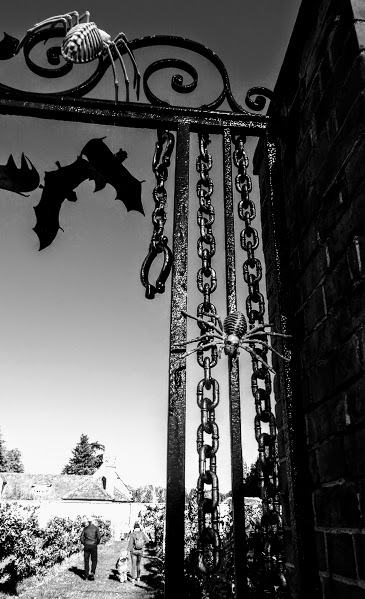

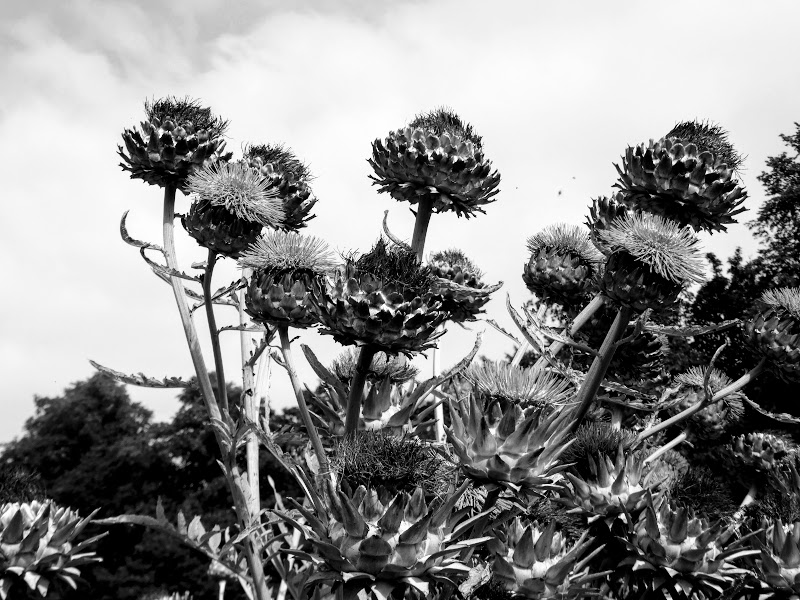
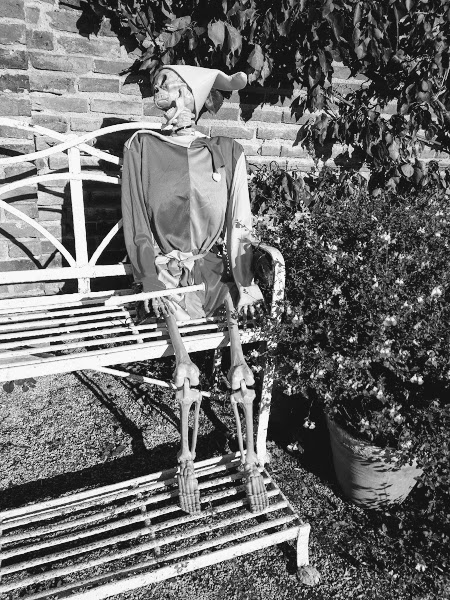

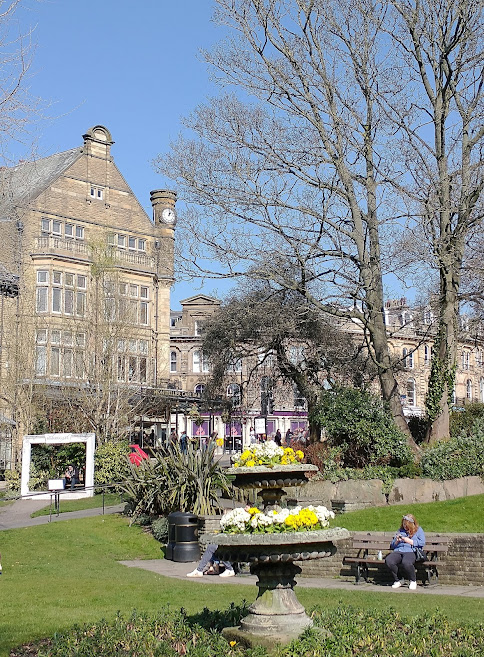
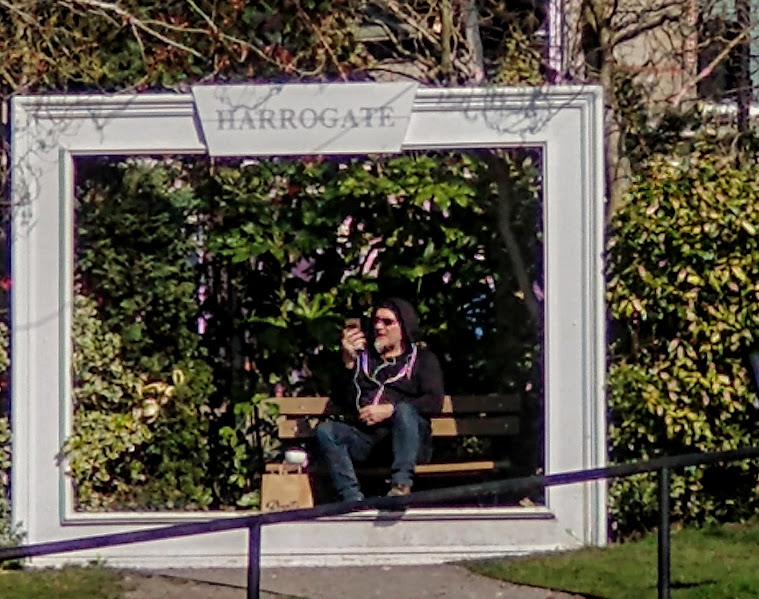


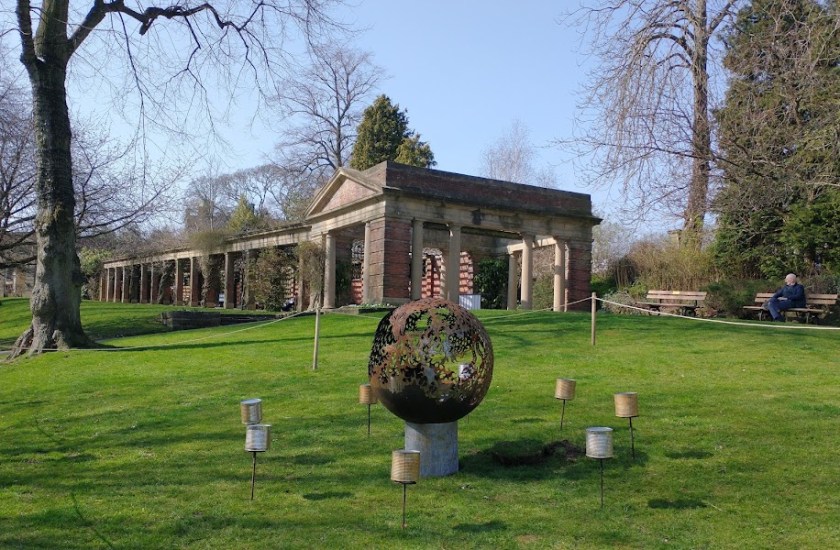

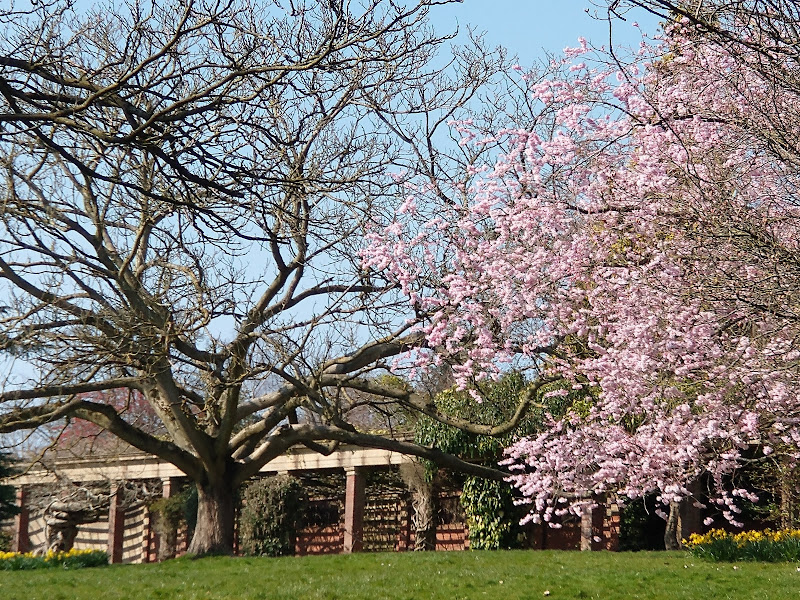
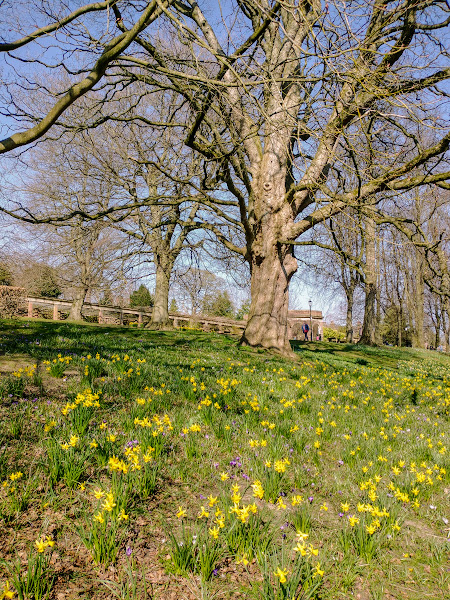

You must be logged in to post a comment.